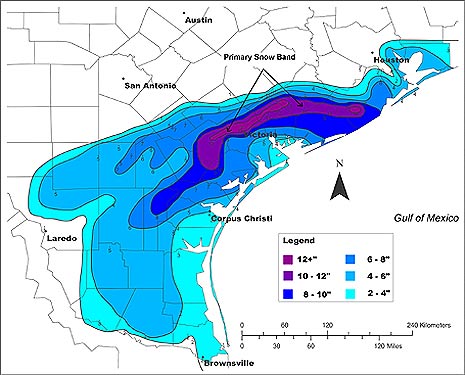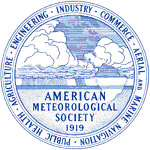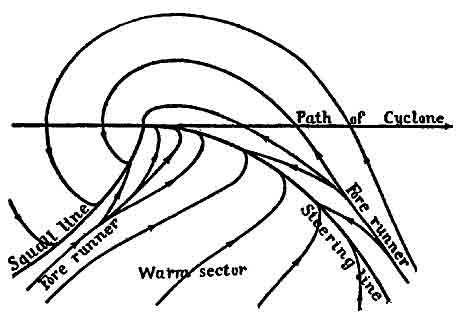It’s not often you hear that congested traffic arteries are good for you. But this is what you find in a thought-provoking recent Op-Ed in the Wall Street Journal on managing traffic problems in an environmentally sustainable way:
Congestion isn’t an environmental problem; it’s a driving problem. If reducing it merely makes life easier for those who drive, then the improved traffic flow can actually increase the environmental damage done by cars, by raising overall traffic volume, encouraging sprawl and long car commutes. A popular effort to curb rush-hour congestion, freeway entrance ramp meters, is commonly seen as good for the environment. But they significantly decrease peak-period travel times—by 10% in Atlanta and 22% in Houston, according to studies in those cities—and lead to increases in overall vehicle volume. In Minnesota, ramp metering increased overall traffic volume by 9% and peak volume by 14%. The increase in traffic volume was accompanied by a corresponding increase in fuel consumption of 5.5 million gallons.
The author, David Owen, goes on to recommend solutions—part pricing and part planned scarcity—to maintain congestion while raising funds and demand for more sustainable urban transportation systems.
This counter-intuitive argument sets a good context for the Interactive Information and Processing Systems conference at the AMS Annual Meeting in Atlanta. Much of Monday’s agenda for IIPS (and other conferences) focuses on the coming age of intelligent transportation—intelligent cars, roadways, and drivers based in part on ingenious means of collecting and using high resolution weather data. You’ll want to get a glimpse of this safer and more efficient future in Paul Pisano’s report on the “Clarus Regional Demonstration” project and other talks Monday starting at 11 a.m.
Because the presentations in Atlanta focus on engineering systems for more roadway efficiency, it would be disconcerting to think of them as contributing to the environmental morass rather than helping to solve it. But that would be an oversimplification of Owen’s essay as well as market-based solution in general. Don’t economists generally tell us that uninhibited flow of information helps balance markets? Better weather information may be the essence of economical solutions to the environmental dilemmas of roadway planning and use.
The talk that addresses congestion from a weather perspective most directly will be Monday afternoon. Ralph Patterson of Utah’s Department of Transportation will discuss results from a study of vehicle speed, spacing, and other factors in winter traffic last year. He also adds in psychological dimensions, looking at the way drivers respond to various forms of weather information. The fast growing state is looking for ways to decrease the $250 million annual costs of traffic congestion. This session should give us a glimpse at the myriad ways meteorologists can help improve an international urban quandary.


 When you look at the 90-year-old AMS seal, though, what you see is not an enumeration of sciences—physical and social—convening under one big umbrella. Rather, what you see is a circle of applications—public health, engineering, agriculture, commerce, aerial navigation, and so on. Science and service converge on weather.
When you look at the 90-year-old AMS seal, though, what you see is not an enumeration of sciences—physical and social—convening under one big umbrella. Rather, what you see is a circle of applications—public health, engineering, agriculture, commerce, aerial navigation, and so on. Science and service converge on weather.